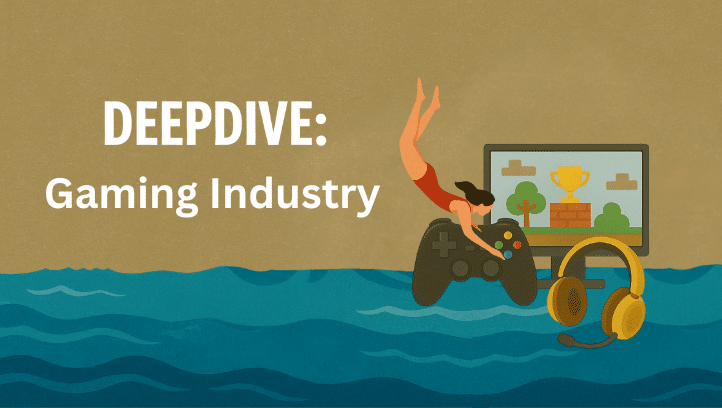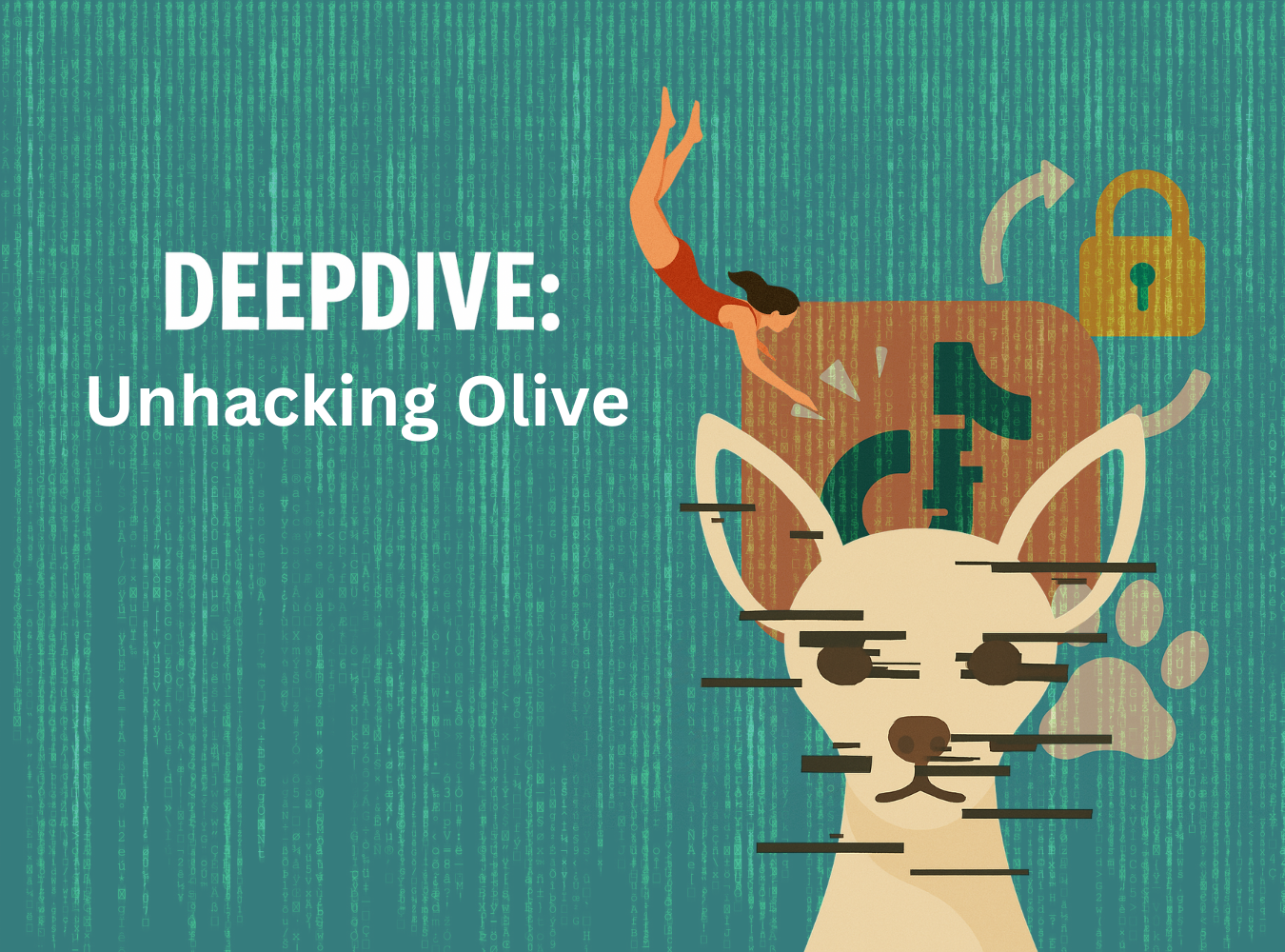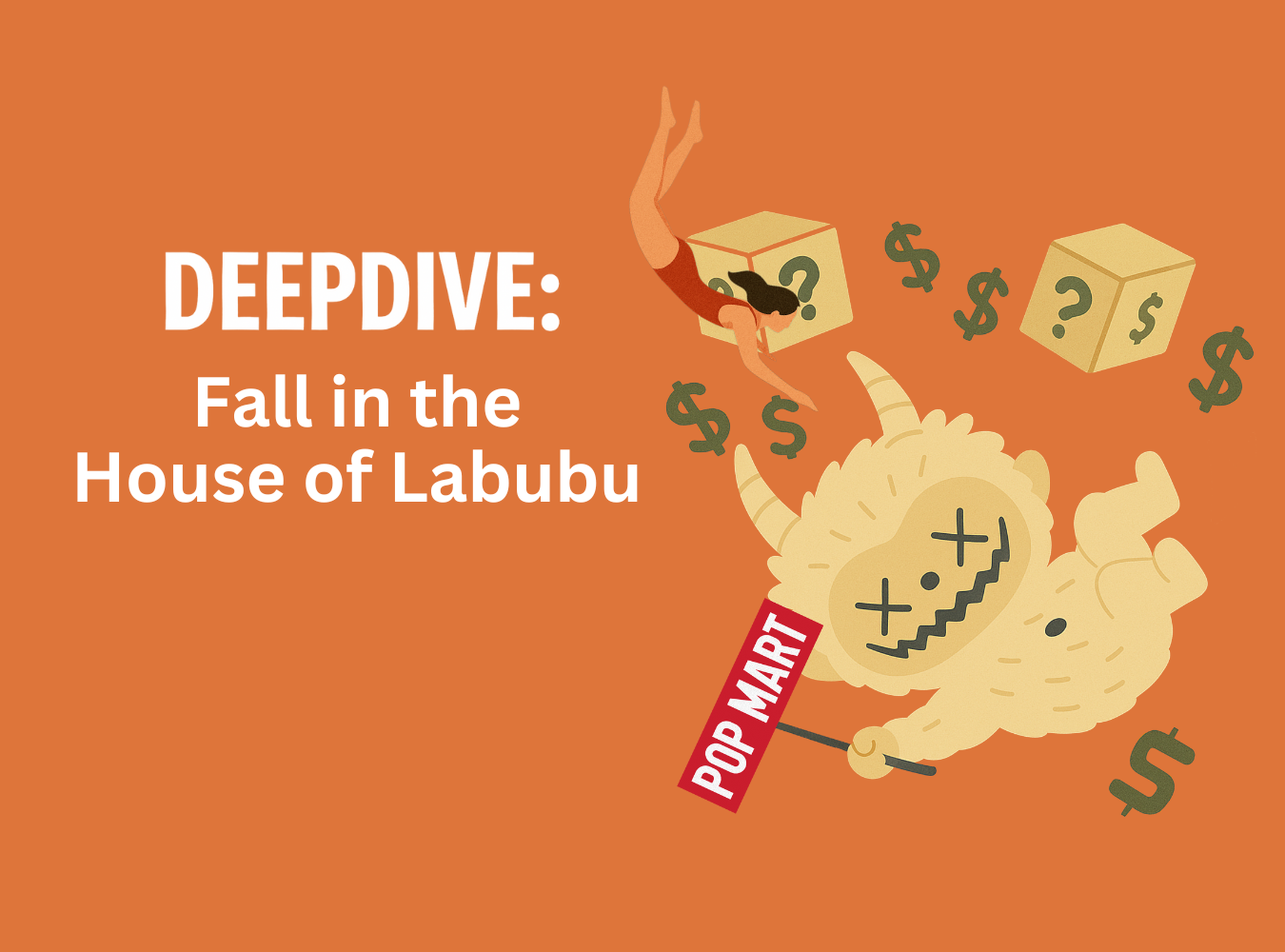Gaming Isn’t Just a Fandom—It’s a Force
Let’s be honest: for most people outside the gaming space, trying to understand the video game industry can feel like being dropped into a sandbox game with no map. There’s jargon, subcultures, studio names you’ve never heard of, and more genre types than you can track.
But if you’re in media, entertainment, or marketing, the time to figure it out is now. With our work and collaboration at ListenFirst spanning both AAA and indie studios alike, I put together a crash course to help teams understand the space and determine where they can actually add value.
Here’s the breakdown, in human terms.
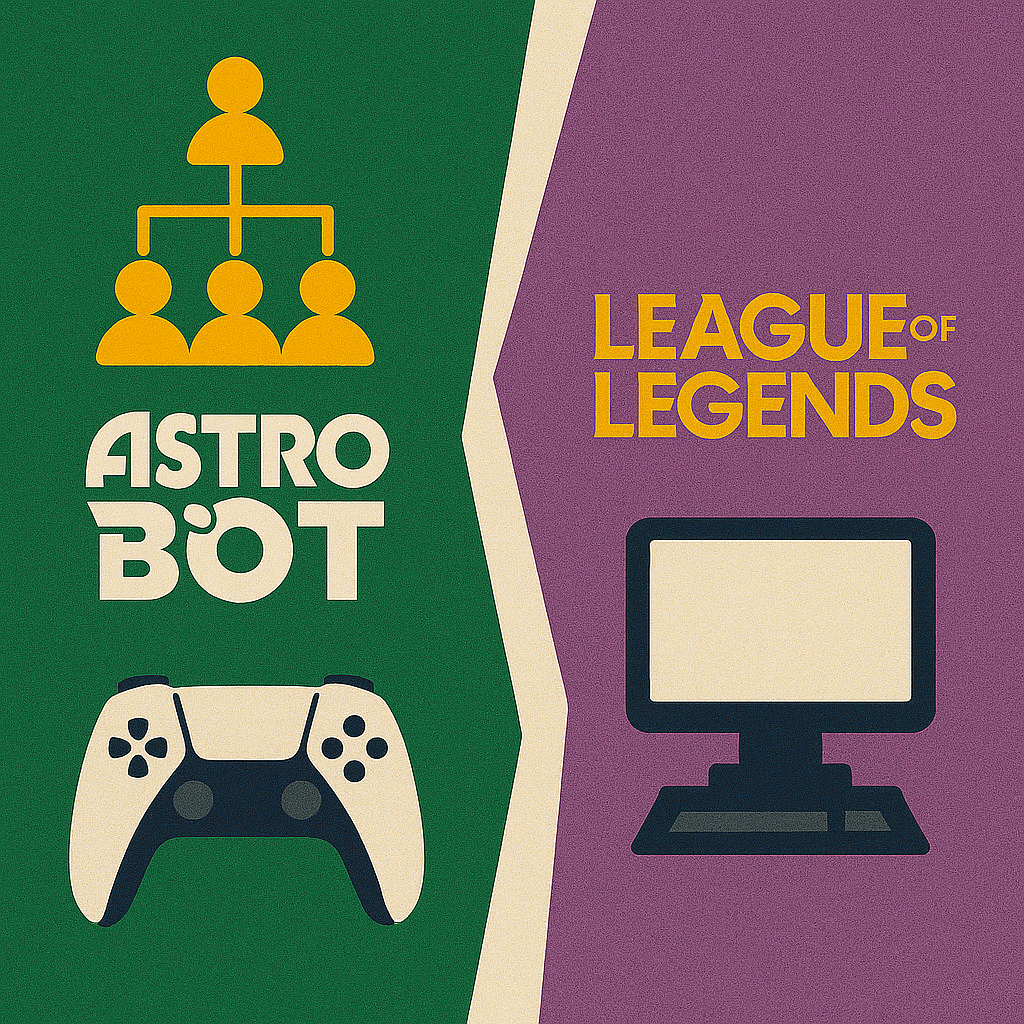
Step One: What Even Is a Game?
If you’ve ever compared a Netflix Original to a Universal blockbuster, you already get it. Games also come with developers, publishers, and distributors—but unlike film and TV, these roles often overlap.
Take GOTY Astro Bot, for example, which spans a wider team:
- Developed by Team Asobi
- Published by Sony Interactive Entertainment
- Distributed by PlayStation Studios
- Only available on PlayStation 5
Meanwhile, League of Legends is developed, published, and distributed entirely by Riot Games for PC.
The point is, with this wide range of differences, we can’t expect to mix & match comparisons. A single-title debut release won’t stack up against a multi-decade franchise, nor will an indie publisher compete against a brand new system.
And if you’re totally new here: “system” could be console, PC, or mobile. For comparison’s sake, mobile is not our focus today (bless their gacha rolling hearts).
Game Genres = Audience Signals
Gaming genres aren’t just vibes. They’re how devs define gameplay, and how players self-select into communities, or pick out their next title purchase. Think of it like the difference between a rom-com and a horror movie—different fans, expectations, and KPIs.
Some common ones:
- First-Person Shooters (Call of Duty)
- MOBA (Multiplayer Online Battle Arena – League of Legends)
- Battle Royale (Fortnite)
- RPGs, Simulation, Platformers, and about a thousand subgenres I’m sparing you from.
Smart publishers don’t try to win every genre—they specialize. The same logic applies to marketers. You’ll get better insights and Engagement by zooming in on genre-specific communities instead of chasing mass appeal.

So, Who Are Gamers Really?
Let’s clear this up: “Gamers™” (the toxic Mountain Dew stereotype) are not the majority. In reality, players fall across a spectrum:
- Pros: These are your Let’s Play streamers, eSports athletes, and influencers. It’s their job to game as much as possible.
- Former Gamers: Still holding on to their love, but are on a break. With a little effort, they can be won back.
- Casuals: (That’s me!) Your widest net, and your loyalest fans.
- Newbies: Fully hooked by adaptations like The Last of Us and Arcane, but unfamiliar with the industry and intimidated by the lore.
Every one of these groups interacts with games differently, from how much they spend to how they engage with brand storytelling. They also have wildly different levels of tolerance for things like microtransactions, graphics quality, and community participation.
Also, don’t forget the community layer. When given the opportunity, gamers are self-sustaining and adept at building lasting ecosystems. Cosplayers, fan artists, writers, and modders will take what they’re given and run marathons with it. Encouraging this creative spark can bring explosive success to brands.
Console vs. PC: The Great Divide
If you’re marketing to gamers, you need to know where they play. Console and PC audiences have unique preferences and points of contention:
| Topic | Console | PC |
| Preference | Easy access, mass appeal | Custom builds, higher specs |
| Media | More likely to want physical copies | Prefer digital (but wary of loss of access) |
| Concerns | Backwards compatibility, DLCs | Anti-cheat, performance optimization |
Fun fact: This division is intentional. Crossplay between PC and consoles is rare, even when a game is available on all platforms. For example, Overwatch players on PC and console will never end up in the same lobby.
What Gamers Care About (and What They Don’t)
Let’s talk values. The average gamer isn’t losing sleep over ray tracing benchmarks. They’re thinking about:
- Is the story compelling?
- Does the amount of playtime justify the cost?
- Do I actually own the game I paid $70+ for?
- Are the microtransactions aggressive or cosmetic?
- Does the studio treat its people like humans?
- Why is this game full of bots and cheaters?
Gamers keep tabs on studio leaders and decision-making, measuring them carefully against their personal ethical standards. They aren’t afraid to take to social media or reviewbomb titles to get their opinions heard. You need sentiment data before you need a crisis PR plan.
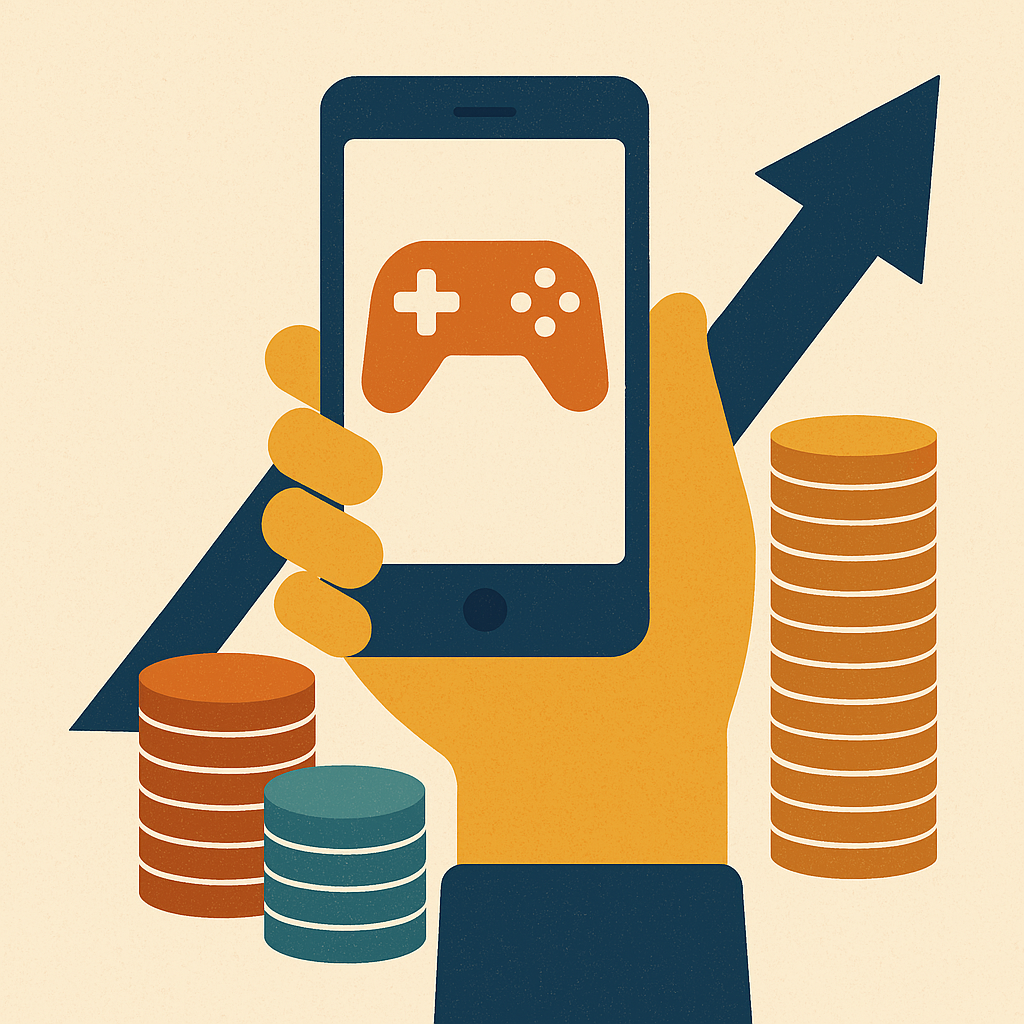
Events Still Matter—Even Without E3
RIP E3 (1995–2023), but the showcase calendar lives on. Publishers now control their own announcements through streams and community events like:
- PAX East / PAX West
- Tokyo Game Show
- Summer Game Fest
- Gamescom
- The Game Awards (hello, Game of the Year goals)
- Nintendo Direct
- Sony State of Play
- Xbox Games Showcase
These events matter because players show up in droves to test new games, share feedback, and build buzz. It’s not just B2C hype—it’s community R&D.
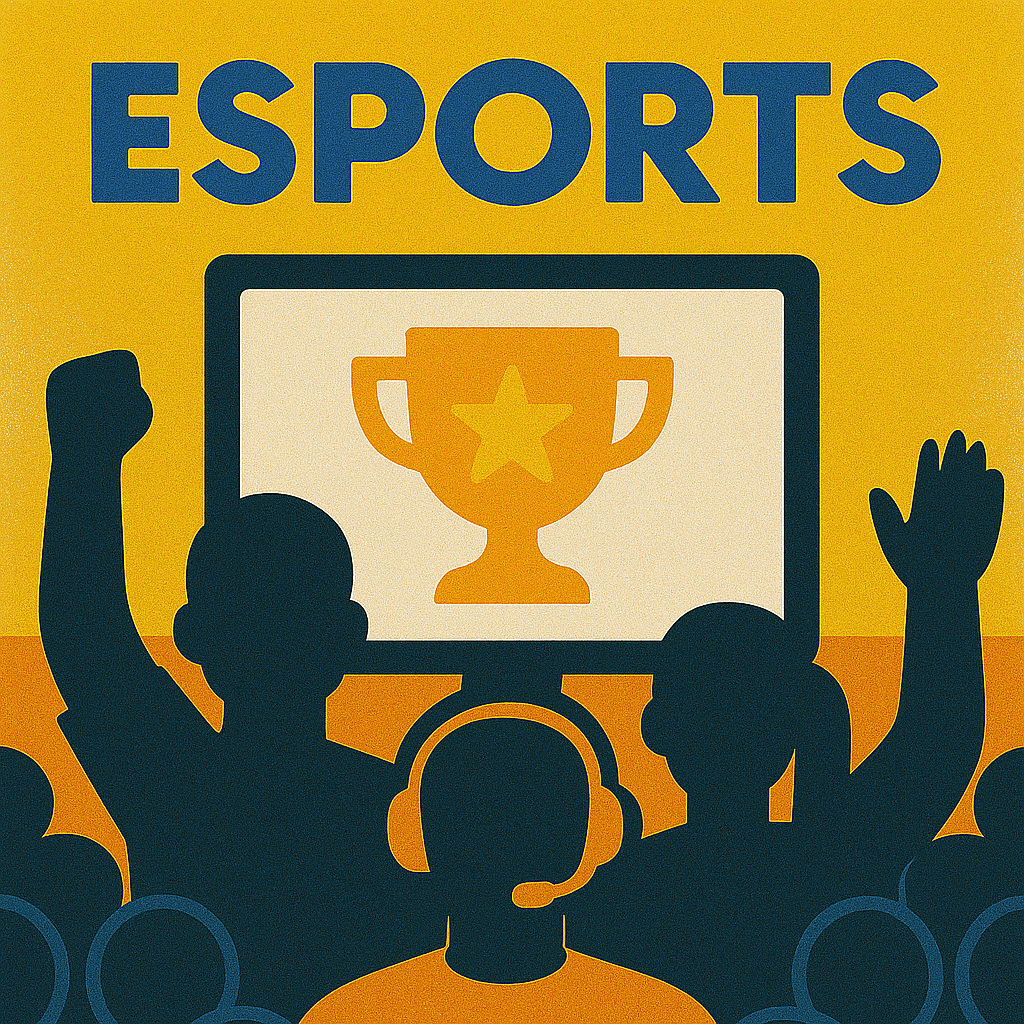
Esports: Big Numbers, Bigger Stakes
Esports is where gaming meets pro sports energy. Tournaments like LoL’s Worlds, Dota’s The International, and Evo draw hundreds of millions of viewers, mostly men, ages 18–34.
A few things to note:
- These events are live—think arenas with spectators and referees
- Most leagues are run by the game developers themselves
- Female representation is still alarmingly low
- Southeast Asia dominates the community, but is growing rapidly across the US and Europe.
If you’re a brand looking to sponsor, partner, or simply understand the value of esports, analyze the genre, audience, and title before jumping in.
Ownership Is Dying, and Players Know It
Let’s get into the real tension: the death of ownership.
Many systems are phasing out physical games. You can now buy a PlayStation with no disc slot. That means:
- No backwards compatibility
- No game preservation
- No resale or offline access
And if a publisher decides to sunset a title? It’s gone. Poof. Doesn’t matter if you paid $70—there’s no cartridge box to keep.
Players are dismayed and scared by the loss, but brands see it as a compelling move toward analytics, control, and ongoing monetization. It’s the same debate we’ve had with streaming TV. Now it’s happening in games.
So What Can You Do as a Marketer?
This is where ListenFirst shines—and where many game publishers need the most help:
- Campaign benchmarking (against self, competitors, and genre norms)
- Sentiment analysis (especially across Reddit, Discord, Tumblr, Bluesky, and niche communities)
- Crisis response tracking
- Community feedback loops (where most studios are still guessing)
- Anti-cheat behavior insights (yes, seriously)
Because when a title tanks over unaddressed bots and cheaters, it’s not a gameplay issue—it’s a trust issue.
Final Thought: It’s Not Just a Game
The best way to understand gaming is to stop treating it like a subculture. It’s not fringe—it’s foundational. The fans are passionate, vocal, and often ahead of the cultural curve.
Marketers who get it right do more than sell—they help build worlds.
“There’s no such thing as a bad game. Just people who weren’t the right audience for it.”
– Me, probably forever
Want a copy of the full deck or a breakdown by genre? Drop me a note—I’ll send it your way.
Want more deep dives like this? Make sure to subscribe to our weekly newsletter, LF Pool Party, for everything social media professionals need to know to make their strategy a 10/10.

